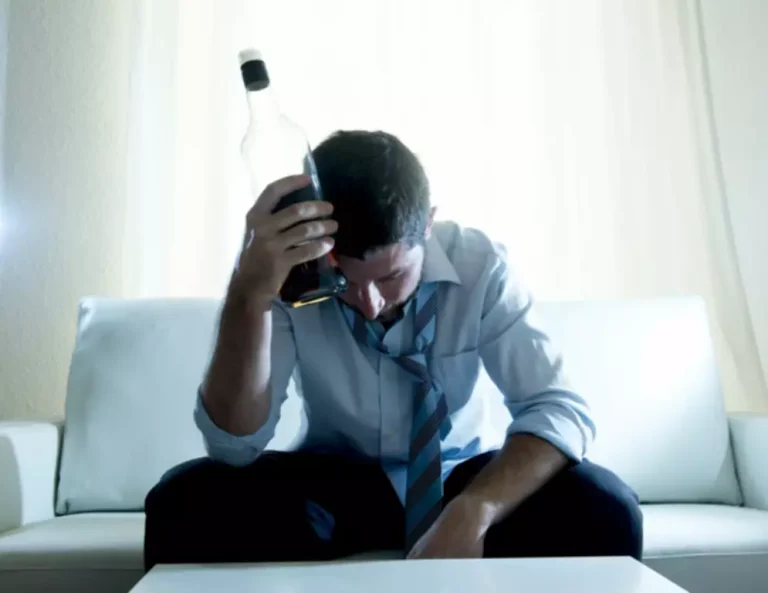
Drivers who underestimate their BAC are more willing to drive while above the limit set by state law compared to drivers who more correctly assess their BAC, and drivers who incorrectly estimate low BAC levels exhibit riskier driving (Laude and Fillmore, 2016). Furthermore, some impaired drivers exhibit riskier behaviors even while their psychomotor skills are not demonstrably compromised. Conversely, other drivers’ risky behavior may not change but their psychomotor skills could be significantly impaired (Laude and Fillmore, 2016). A meta-analysis (Wells-Parker et al. 1995) of 215 independent evaluations of mandated treatment of convicted drinking and driving offenders revealed that treatment reduces the incidence of repeat offenses up to 9 percent more than standard sanctions such as license suspensions, revocations, or fines.
Types of DUIs
A test that reveals an unlawful alcohol or drug concentration will usually result in license suspension, regardless of whether the driver is convicted of a DUI in criminal court. And drivers who refuse to submit to a chemical test often face longer license suspension (than that for a failed test) and possibly other penalties and consequences. Particularly because drinkers and drivers are heterogeneous as this study indicates, devising effective public policy strategies for reducing DUI rates is challenging.
Effect of different alcohol levels on take-over performance in conditionally automated driving

While drinking and driving episodes in the past year were positively related to have had a chargeable accident in the past 3 years, this was not so for having been cited for speeding 15 miles per hour above the speed limit. Such citations were far more common than were either DUI arrests or chargeable accidents. A positive relationship between drinking and driving and drinking has been documented previously, albeit with exceptions (Birdsall et al., 2012), with less detailed specifications of drinker types than used here (see e.g., Nochajski & Stasiewicz, 2006; Sloan, Reilly, & Schenzler, 1995). We included binary variables for drinker type, with other drinker type, the omitted reference group, as explanatory variables in our analysis of drinking and driving episodes in the past year and arrests, citations, and chargeable accidents in the last 3 years. Nonalcoholic social drinkers were defined in the study described by Aston and Liguori (2013) as moderate drinkers who (1) consumed 1 to 4 alcoholic beverages at least twice per week, with each drink containing the equivalent of 1 oz. While nationwide the number of alcohol-impaired driving fatalities increased from 2015 to 2016, a closer examination at the state level paints a more complex picture.
Dangers & Risks of Drunk Driving
- Driver simulation and road course studies have revealed poorer parking performance, poorer driver performance at slow speeds, and steering inaccuracy at BACs of 0.05 percent and higher (Finnigan and Hammersley 1992; Hindmarch et al. 1992; Starmer 1989).
- The NHTSA claims that crashes involving impaired driving due to alcohol have a higher death rate than those involving inattentive driving.
- One provision specifies that advertisements should not be directed at audiences in which 28.4 percent or more of the audience is under 21 years of age (FTC, 2013).
- Some of the most common examples of private properties that are open to the public would include roadways and parking lots for shopping centers, movie theaters, sports stadiums, hotels, and various types of business offices.
But people who live in rural areas often don’t have access to these alternative modes of transportation. Yet, despite widespread education about the perils, people drive under the influence all the time. The reasons range from lack of planning and lack of resources to consequences of drinking and driving a person’s location or even their upbringing. The 45-to-49 age group had the highest percent, 37%, of drunk motorcycle riders killed in 2022. BAC is measured with a breathalyzer, a device that measures the amount of alcohol in a driver’s breath, or by a blood test.
As of 2016, 12 states plus the District of Columbia had mandatory service training laws, 20 had voluntary laws, 6 had a combination of mandatory and voluntary policies, and 12 had neither (APIS, 2016). Innovation in vehicle safety technology is rapidly expanding, with a range of technologies recently emerging that provide lane departure warnings, forward collision warnings, side view assists, adaptive cruise control, and many other features. Many hold promise to improve vehicle and road safety, https://ecosoberhouse.com/ although most are currently marketed not as safety features but as driver-assistance systems. Advanced vehicle technology in the form of the Driver Alcohol Detection System for Safety and autonomous vehicles are also in development (see Chapter 4 for more information). There are a number of important behavioral and environmental factors that contribute to higher fatality rates in rural areas. Decreasing use of seat belts, for example, has been found in rural areas (Beck et al., 2017).
Drivers in Greater Manchester are being warned about the potentially fatal consequences of getting behind the wheel this summer while under the influence of alcohol or drugs. When you use a driver license or Non-Driver ID card as proof of age to illegally purchase beverages that contain alcohol, state law requires the suspension of your driver license or privilege to apply for a license. The table above « Penalties for Alcohol/Drug Related Violations » describes fines, surcharges, license penalties and possible imprisonment if you are convicted of an alcohol or drug-related violation. The symptoms of alcohol consumption can begin long before you become intoxicated or even legally impaired and begin with the first drink. The suspension period typically ranges from 30 days to one year, depending on the state.
NHTSA reported that from 2005 to 2014, rural alcohol-impaired driving fatalities decreased by 34 percent (7,721 to 5,134) and urban alcohol-impaired driving fatalities decreased by 19 percent (5,791 to 4,701) (NCSA, 2016c). In 2014, the relative proportions of alcohol-impaired driving fatalities were similar between rural and urban areas at 31 and 30 percent, respectively. However, among all alcohol-impaired driving fatalities in 2014, 52 percent occurred in rural areas and 47 percent occurred in urban areas. Vehicle miles traveled (VMT) per capita differ greatly in rural versus urban areas, with rural areas having far greater VMT per capita (Mattson, 2016).



No responses yet